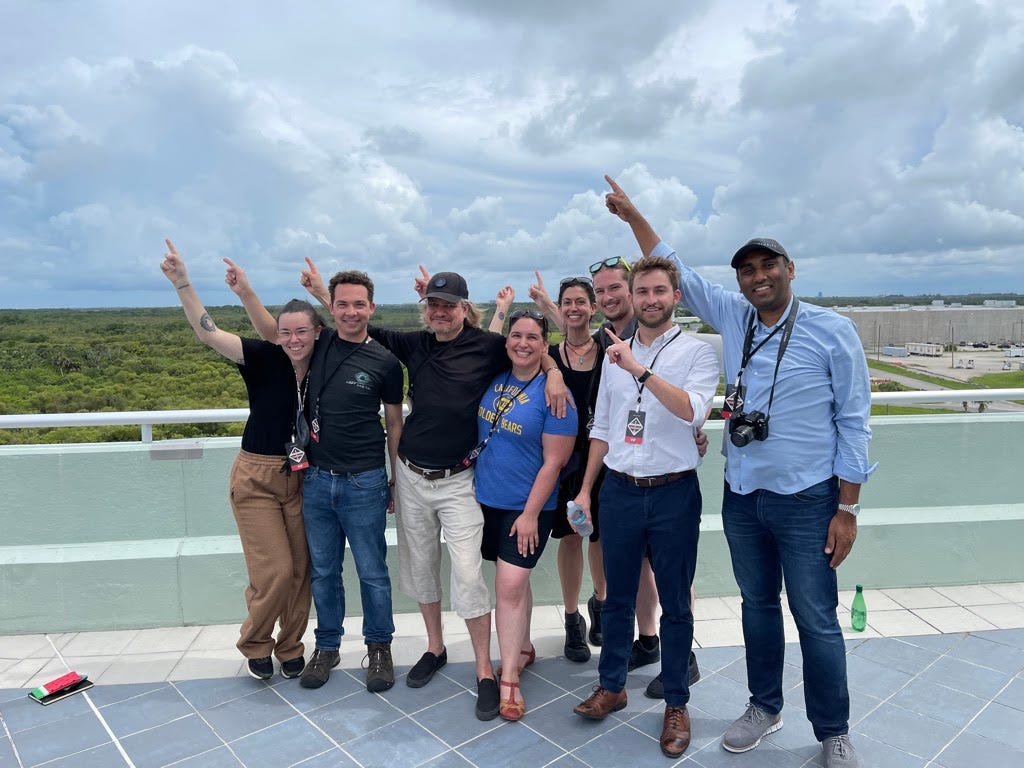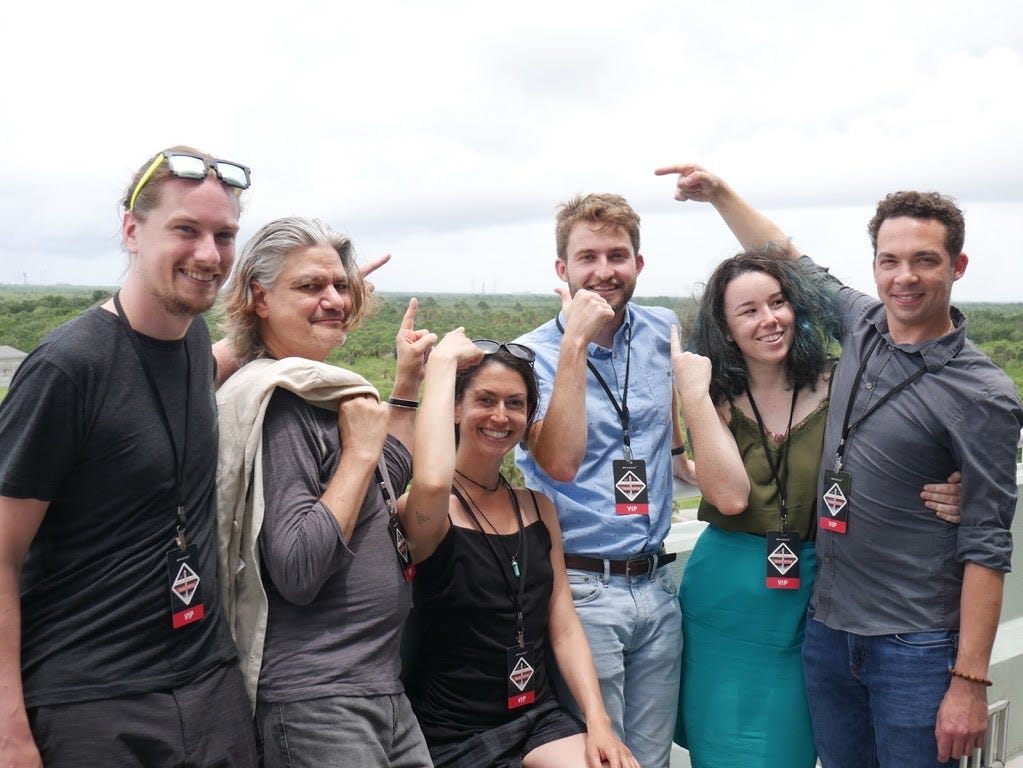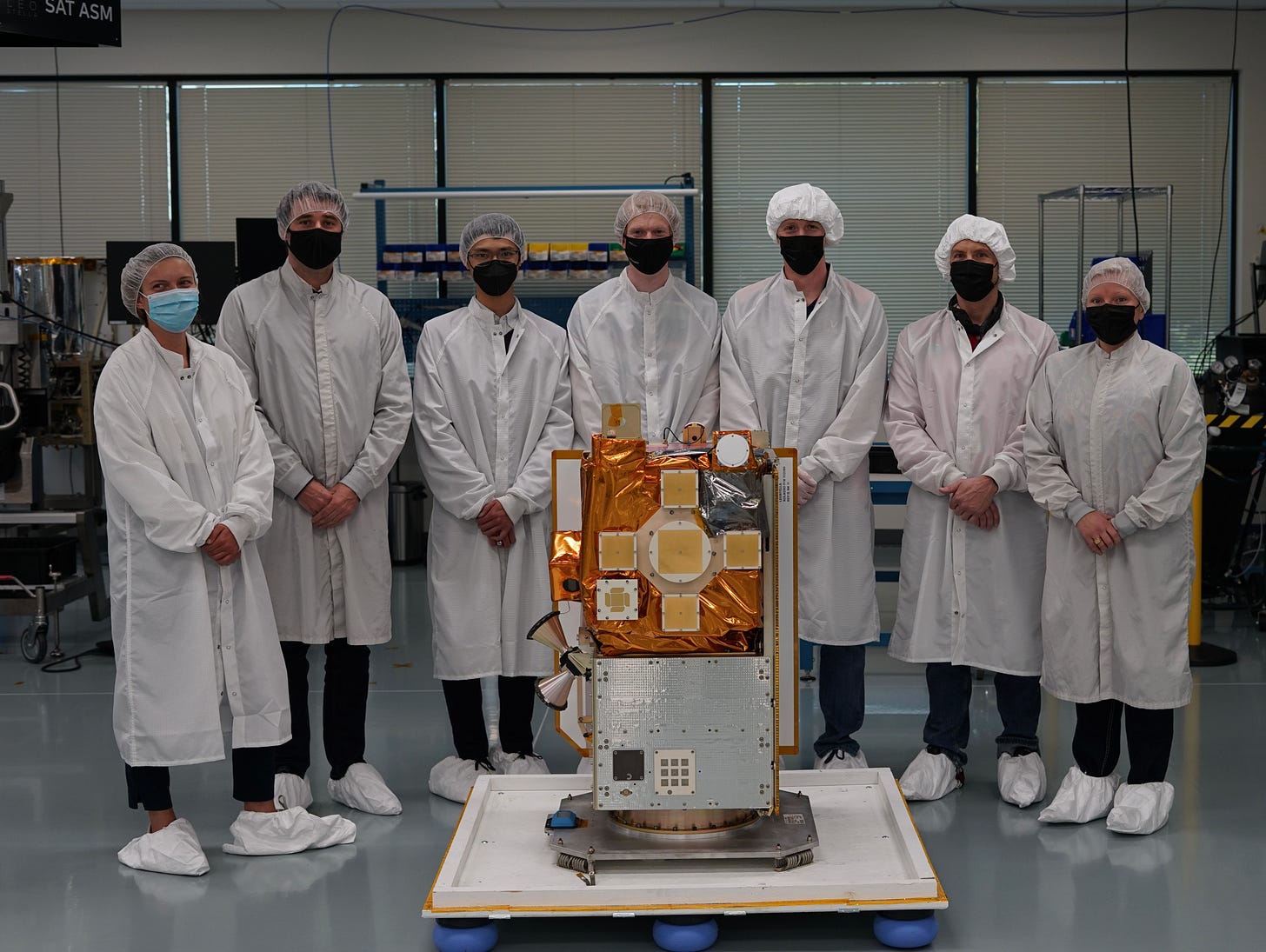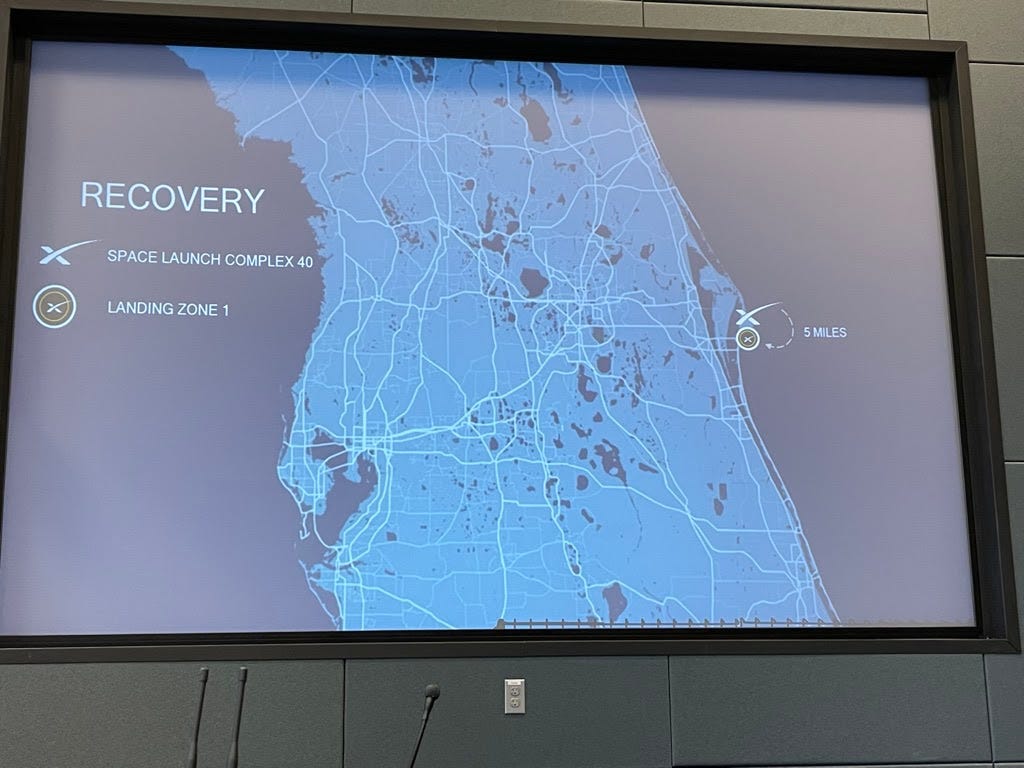Software Beyond the Stratosphere: Loft Orbital Launches World’s First Commercial Ride-Share Satellites
With their 10 customer payloads, these two satellites continue Loft's vision of making space simple for more users
Despite all the buzz about space, newspace, and SPACs, there are less than a dozen VC-backed space startups with revenue-generating assets in space. Ubiquity-backed Loft Orbital just joined this club! Exactly two weeks ago, software moved beyond the stratosphere when Loft Orbital put the world’s first 2 commercial ride-share satellites in orbit around Earth, carrying a total of 10 different customer payloads as the next step in their vision to make space simple for more customers.

I have been actively investing in space since 2014 (see my 2016 keynote at the ISPCS conference titled “Why Tech VCs are Flocking to Space”), co-leading investments rounds in both Rocket Lab and Spire when each was pre-revenue. I saw the very same potential in Loft Orbital when I had Ubiquity Ventures invest in Loft Orbital alongside co-investors Foundation Capital and Uncork Capital. The company launched in 2017 and has had meaningful revenue to date, but turning on production satellites in space is a special milestone. It is wonderful to see that Loft has brought their vision for commercial ride-sharing satellites into reality and into orbit!

Why is this a big deal?
On June 30, 2021, Loft Orbital activated the world’s first two commercial ride-share satellites in orbit around Earth. The missions were called YAM-2 and YAM-3, where YAM stands for “yet another mission”. Prior to Loft Orbital, it would take 5 to 10 years to design, build, and launch a satellite containing a single dedicated payload to Earth orbit where it can carry out its work such as transmitting signals like satellite TV or internet, snapping photos for Google Maps, etc.
Instead, Loft Orbital’s satellites bring several different customers’ payloads to orbit at the same time. These two particular Loft Orbital satellites are carrying 10 different customer payloads, spanning many different industries:
Established space: Eutelsat (Europe’s largest satcom provider)
Government: DARPA and the UAE space agency
Newspace: Totum and others
These customers are utilizing their sensor payloads for a variety of use cases including IoT connectivity, weather data, flying space autonomy software, precision positioning, and more. Future Loft Orbital missions have already signed up customers including Honeywell, NASA, and the US Space Force.
For each of these customers, Loft Orbital is the fastest and simplest path to space.
Loft Orbital is AWS for Space
It was the launch of Amazon Web Services in 2006 that catalyzed the explosion in web and mobile apps. Amazon Web Services (AWS) allows software developers to make their apps available to anyone anywhere and at any scale. This was a huge deal. AWS, and their subsequent brethren in Microsoft Azure and Google Cloud Platform, allow software developers to focus on building great apps and leave the remaining technical tasks to AWS. What AWS does is to lease land, build datacenters/buildings, connect power and cooling, fill the datacenters with servers, load them with their proprietary management software, and much more. Then AWS can offer any developer a variety of server resources and other tools to allow a developer to bring their app to the world. Developers can focus on what they do best and outsource the other stuff.
AWS makes it simple and fast to bring your app to the world.
Loft does the same thing:
Loft makes it simple and fast for more people to utilize space.
By doing so, Loft is unlocking a massive amount of demand from potential space users who may not have had the knowhow, resources (typically billions of dollars for a sovereign government) or time (typically 10+ years) to get to space. To accomplish this, Loft Orbital designed these satellites leveraging their plug-and-play payload adapter, attached various customer payloads, booked launches on rockets, coordinated regulatory certifications, tested the completed satellite (thermal, vibration, and more), and integrated these satellites onto a rocket. From here, Loft Orbital will manage these satellites in orbit using their Cockpit mission control software and downlink data from these customer payloads for the next few years. Loft Orbital customers get to focus on their payload and leave everything else to Loft.
We hope that Loft Orbital will continue to make space simpler and more accessible for more customers!
Bonus Photos: Watching the SpaceX launch in-person on June 29, 2021
I was lucky enough to travel to the Kennedy Space Center in Florida to watch Loft Orbital’s launch to orbit on a SpaceX Falcon-9 rocket on Tuesday, June 29, 2021. Below are a few fun notes and photos from this launch.
Fun tidbits:
SpaceX pioneered space rocket reusability. Prior to SpaceX’s first successful return landing in December 2015, every rocket launching to space was only used once before burning up, falling into the ocean or floating in space. SpaceX likens this to how silly it would be if you discarded the airplane after each and every flight.
This particular stage 1 Falcon-9 booster had already been to space 7 (!) times. Our launch was its 8th successful launch. In a brilliant marketing move, SpaceX doesn’t refer to these as “used” boosters. Instead, they are called “flight-proven” boosters. These currently take 4 weeks to refurbish before they are used on a subsequent launch.
Our particular launch was one of the few where the first stage came back to Kennedy Space Center to land instead of landing on a drone ship out in the ocean. These are called “RTLS” or return-to-launch-site missions and allowed us witness something that looks like a 15-story building fall from the sky, light one of its engines at the last minute, and land safely upright on a landing pad.


Are you a founder in the smart hardware or machine learning sector? Let’s talk! Leave a comment or get in touch with Ubiquity Ventures.
Ubiquity Ventures — led by Sunil Nagaraj — is a seed-stage venture capital firm focusing on early-stage investments in software beyond the screen, primarily smart hardware and machine intelligence applications.









